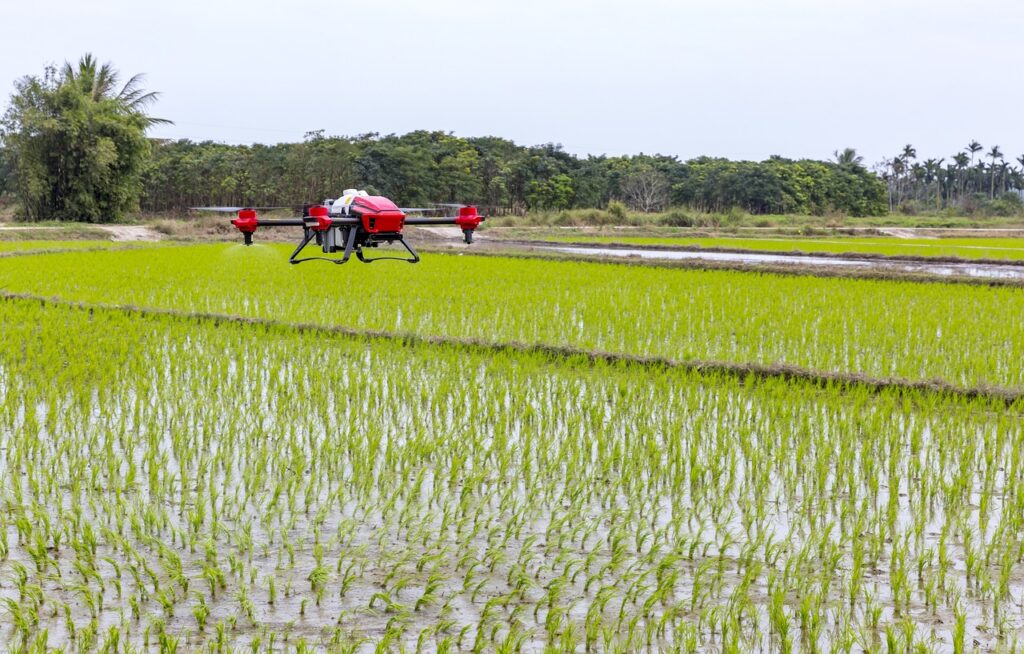SIANI, SLU and Sida (Swedish International Development Cooperation Agency) co-organised Food Systems for New Realities – Agri4D 2021 conference to explore the potential knowledge and constructive options that can be applied within the global food system to ensure food security. Having participated in the conference session ‘Innovation and Innovative Approaches’, I contemplated different approaches towards reshaping food systems based on innovation.
Shaping higher education for innovation
Innovation certainly incorporates a wide range of stakeholders from various sectors, such as the sciences, technology, policy, finance and different institutions. Yet, it is usually initiated through academia, which includes colleges, universities, research groups and many other actors. Thus, it is necessary to ensure that this transformation starts from the grassroot level of innovation. At the Conference, Laurens Klerkx, Professor, Wageningen University, highlighted the importance of boosting mission-driven innovation. Most importantly, identifying the directionalities of food systems clearly is essential to have ‘implicit and explicit food system transformation missions’ at the academic level.
Besides, more panelists attached to the higher education sector in different regions of the world depicted some more innovative approaches of capacity building, multi-sectoral collaborations, teaching methods, and facilitation in the universities to stimulate food system transformations. Especially, challenge-driven education around the Sustainable Development Goals (SDGs) and student personal progress development methods, such as mentoring, is essential to encourage scholars towards research and innovation. In order to direct research-based innovation towards food system transformation, universities need to prioritise collaborating with other worldwide public and private stakeholders related to innovation and food systems. That will be crucial in creating opportunities for investments, future entrepreneurships, and global networks for innovation within academia to reshape food systems.
Two-sided financial aspects of innovation
On the other hand, Julia Compton, Head of Secretariat, Commission of Sustainable Agricultural Intensification, emphasised the dire need to expand investments in innovations related to agri-food systems in the Global South. Although 60 billion US dollars are spent on global innovations in agri-food systems yearly, it is just 4.5% of the total agricultural output. Particularly, most of the countries in the Global South have a critically low amount of investment in such innovations. Thus, it is urgent to acquire financial resources for that region through reconstructing policy structures, increasing incentives and identifying gaps between smallholder farmers and post-production processes through research while collaborating with all types of stakeholders affected by agri-food innovations.
Another significant aspect of innovation is its value-addition in the respective sectors, as innovation can play a major role in socio-economic development. The very same ideology was upheld by Tony K. Omwansa, CEO of Kenya National Innovation Agency, at the conference. To witness a profound change in food systems, it is required to transfer technological innovation and innovation ideas into market and entrepreneurship, through which a value-addition occurs. Furthermore, currently in a situation where food supply chain innovations are prioritised, it is also necessary to focus more on technological innovations around agri-food production.
From innovation to adoption
Apart from that, the scholars’ various innovations and innovative ideas were mostly aimed at providing digital solutions to reshape agri-food systems, such as the digital mechanisation of tractor services, the real-time data generation on diet quantity and quality, the digital collaboration of farming cooperatives and markets etc. They addressed different global food system challenges such as malnutrition, shortage of agricultural mechanisation services, market irregularities, climate change, insufficient access to education to agri-business, etc. However, implementation of and familiarisation with these digital approaches in society is even more difficult. The most common challenges are lack of digital literacy, trust in digital devices as well as connectivity within rural agricultural communities.
Aside from these types of innovative approaches, individuals and organisations have to think about including psychological and social innovations, too. The ideal food system transformation emerges by transforming fundamentally unsustainable concepts, such as evaluating food system development solely on monetary profits and economic growth. It is also constructive to bring forward innovative ideologies and assessment tools like nutrition adequacy, happiness index, food affordability and availability, food waste and loss metrics, etc. to evaluate food system development.

